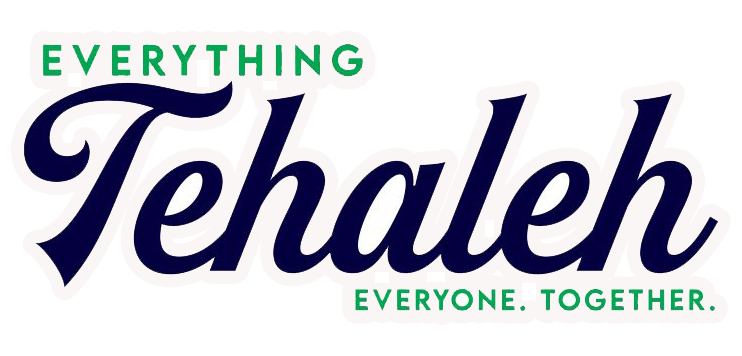Native plants might not be the flashy stars of your garden, but they are the unsung heroes that make your landscape thrive. If you’re thinking about giving your yard a makeover, consider going native. Here’s why native plants deserve a prime spot in your outdoor space—and how they can make your life easier while helping the planet.
What Are Native Plants, Anyway?
Native plants are those that naturally grow in your area without human help. They’ve been around long before anyone thought about importing exotic flowers or fancy shrubs. Because they evolved in your local climate and soil, they’re perfectly suited to survive and flourish with minimal fuss.
Why Go Native? The Benefits Are Real
1. They Save Water and Money
Native plants are like that friend who never asks for much but always gives back. Since they’re adapted to your region’s rainfall and soil, they need far less watering than non-native plants. This means you’ll see a drop in your water bill and spend less time dragging hoses around. Plus, they don’t demand expensive fertilizers or pesticides because they’re tough cookies that know how to handle local pests on their own.
2. Less Work, More Fun
Forget about spending your weekends mowing, fertilizing, and spraying chemicals. Native plants are low-maintenance because they’re built to handle your area’s weather and pests. They grow strong and healthy without much help, so you can kick back and enjoy your garden instead of working it to the bone.
3. They’re Wildlife Magnets
If you want birds, butterflies, and bees to crash your garden party, plant native. These plants provide the food and shelter local wildlife needs. For example, a single native oak tree can support over 500 species of caterpillars, which in turn feed birds. Native plants offer up to four times more food and habitat for wildlife compared to non-native plants.
4. Soil and Air Helpers
Native plants have deep roots that hold soil in place, preventing erosion and flooding during heavy rains. They also improve soil health by encouraging beneficial microbes. On the air front, mature native trees can soak up large amounts of carbon dioxide and release oxygen, helping fight climate change and clean the air you breathe.
5. They Keep Your Garden Cool
Urban areas often suffer from heat build-up, but native trees and plants can cool things down naturally. Their shade and moisture release lower temperatures around your home, making your outdoor space more comfortable during hot days.
How to Start Your Native Plant Journey
The key to success is choosing plants that are native to your specific region. Texas, for example, has multiple ecoregions, each with its own native plant favorites. What thrives in the Hill Country might not do well in the High Plains. So, knowing your local ecoregion helps you pick the right plants that will flourish without extra work.
If you’re unsure where to begin, resources like the Audubon Society’s Plants for Birds program can help you find native plants tailored to your zip code. Just enter your information, and you’ll get a list of plants that are perfect for your area.
Ready to Go Native? True Design Landscape Can Help!
Thinking about transforming your yard with native plants, but don’t know where to start? True Design Landscape specializes in creating beautiful, sustainable landscapes using native plants that thrive in your local environment. They’ll help you save water, reduce maintenance, and invite wildlife into your garden—all while making your outdoor space look stunning.
Visit their website at truedesignlandscape.com to explore their services and get inspired by their portfolio of native plant landscapes.
Contact True Design Landscape
-
Phone: (253)-540-4430
-
Email: info@truedesignlandscape.com, david@truedesignlandscape.com
-
Website: truedesignlandscape.com
Get in touch today to schedule a consultation and take the first step toward a greener, more vibrant yard that works with nature, not against it.
Native plants aren’t just pretty additions to your yard—they are practical, eco-friendly, and downright smart choices. They save you time, money, and effort while supporting the environment and local wildlife. So why not plant a little local love and watch your garden—and the planet—thrive?
Sources: truedesignlandscape.com, wimberleyparksandrec.com
Header Image Source: Dylan Gillis on Unsplash

